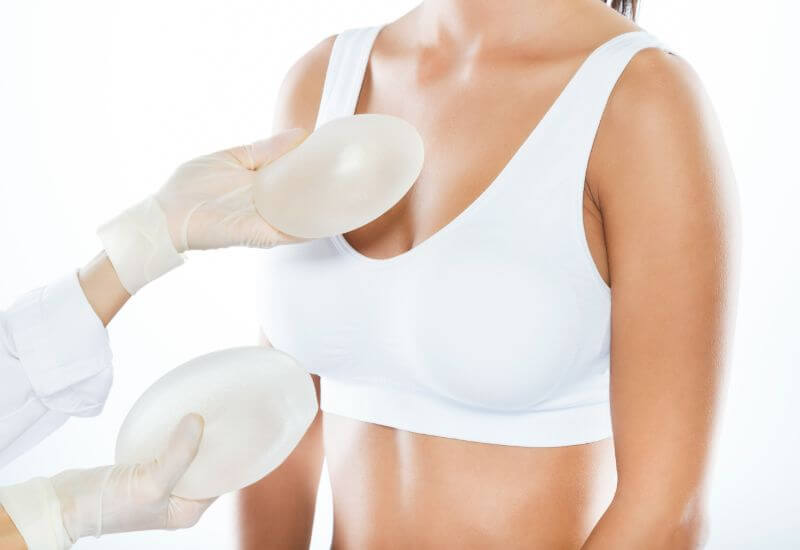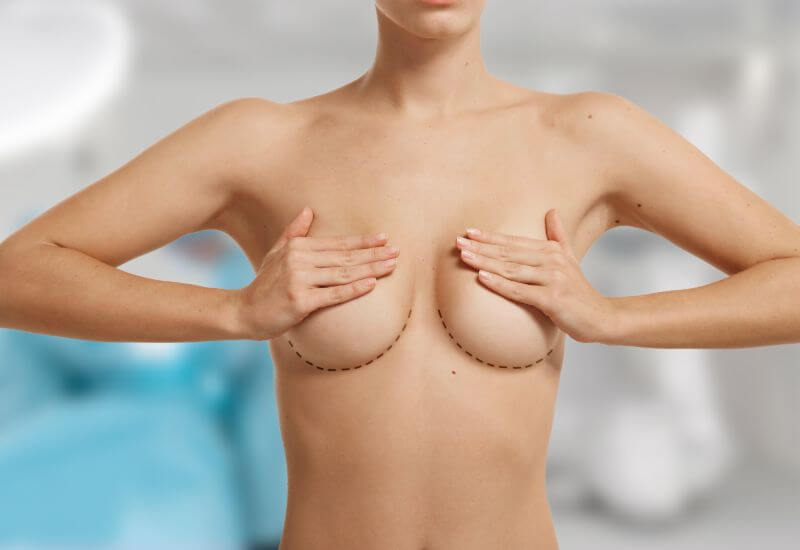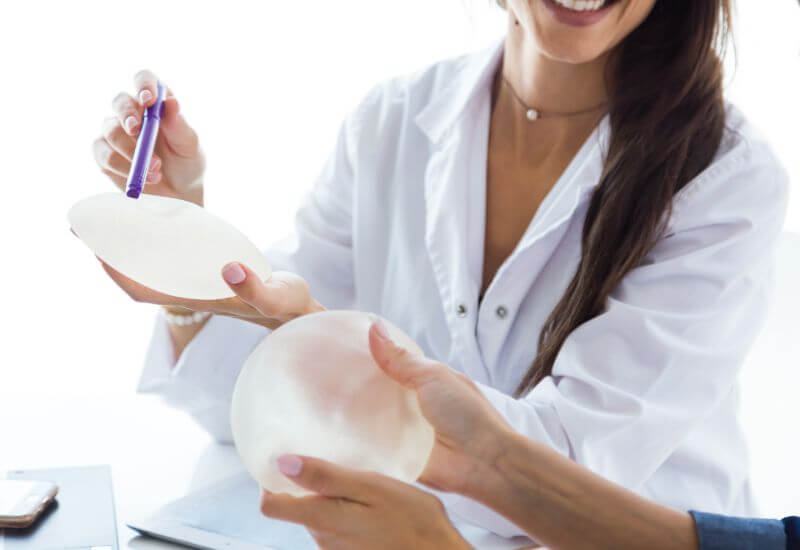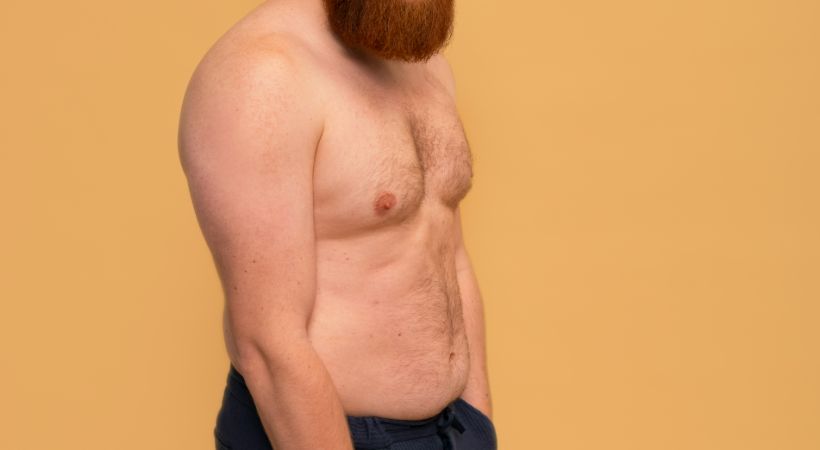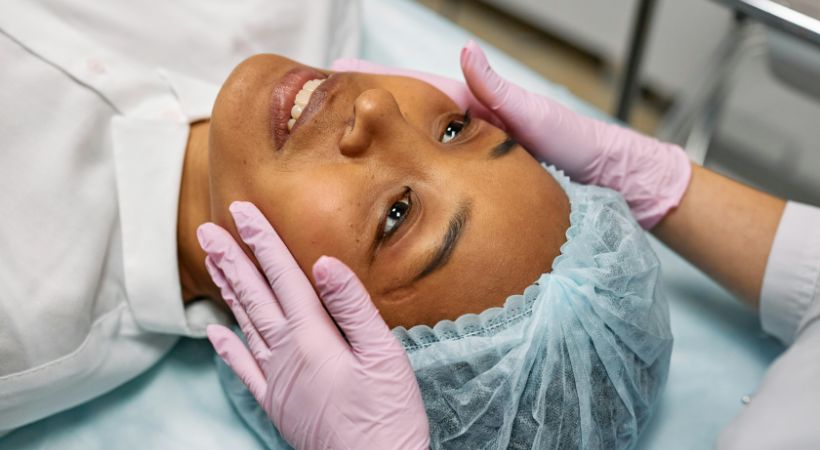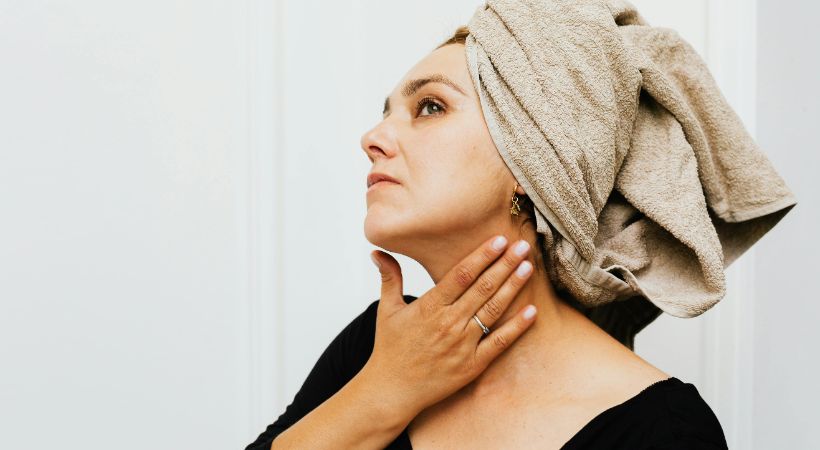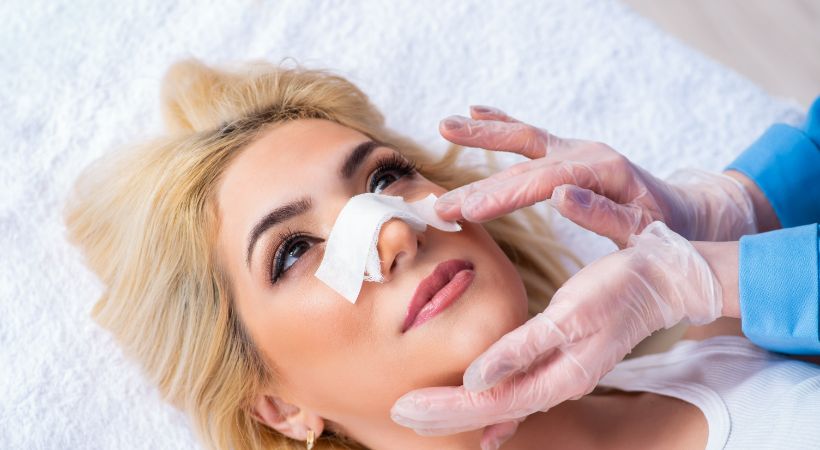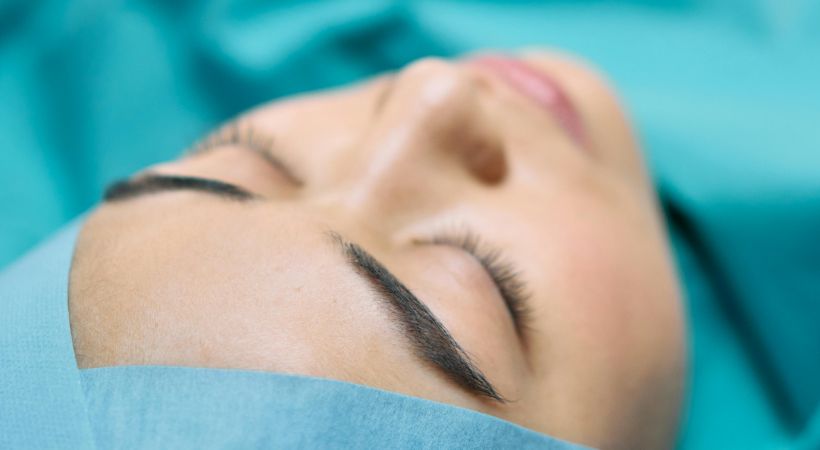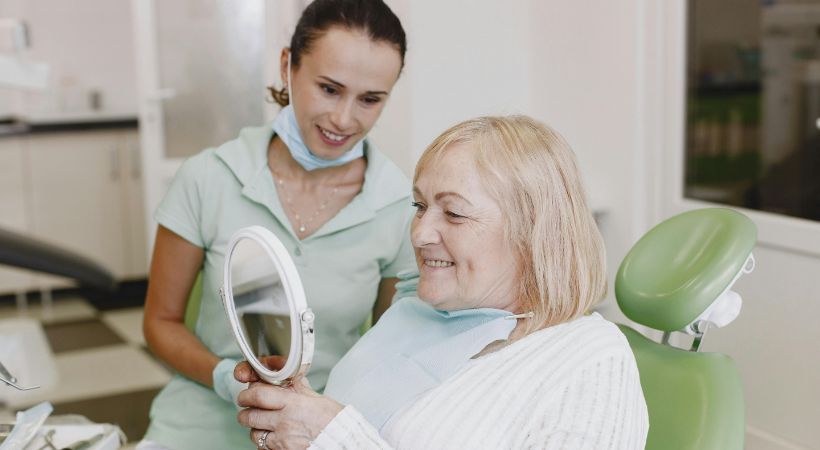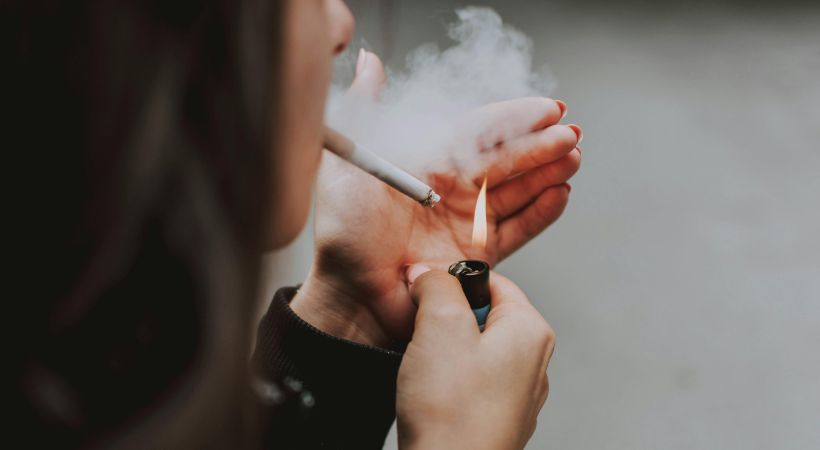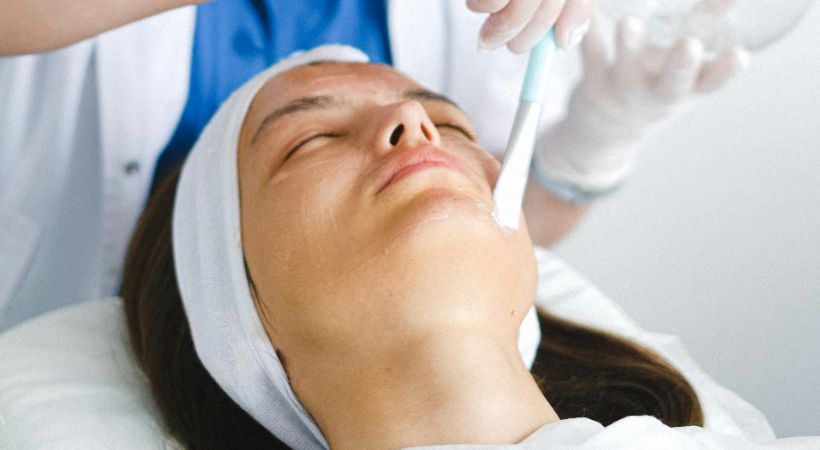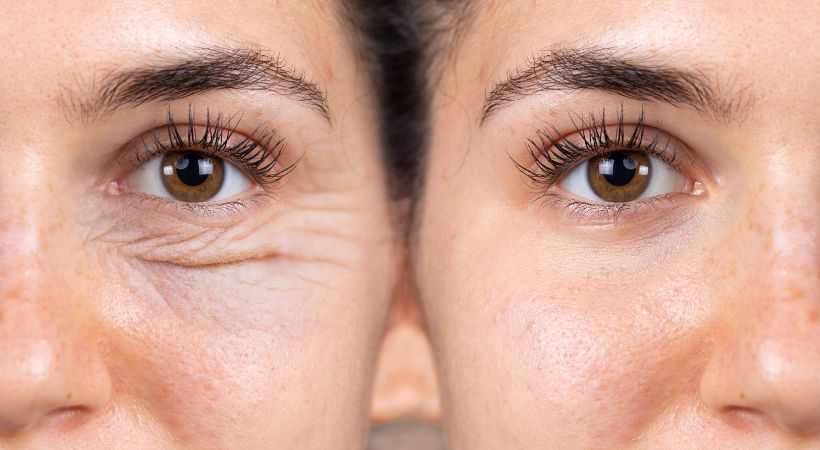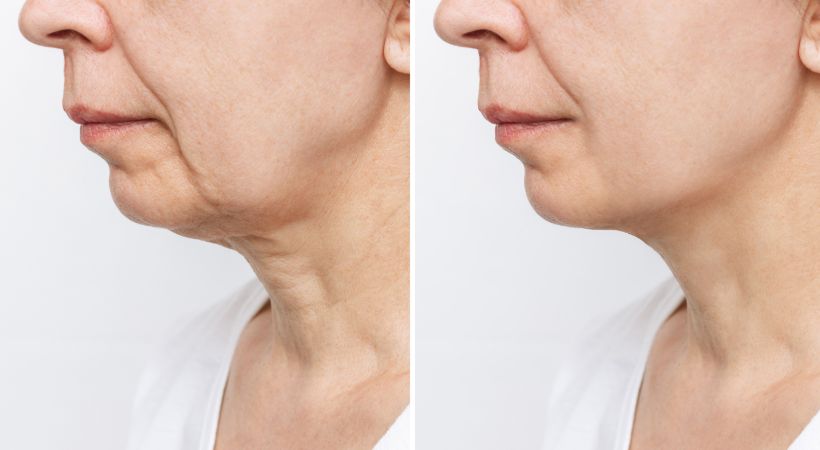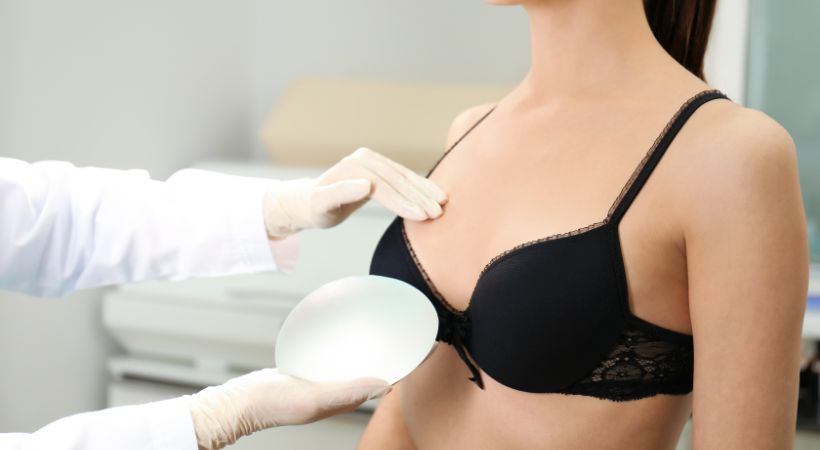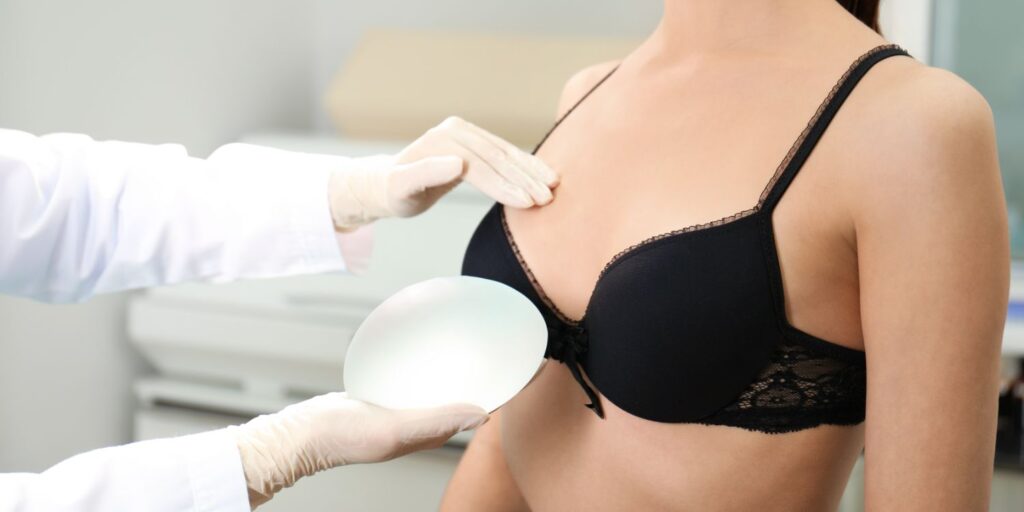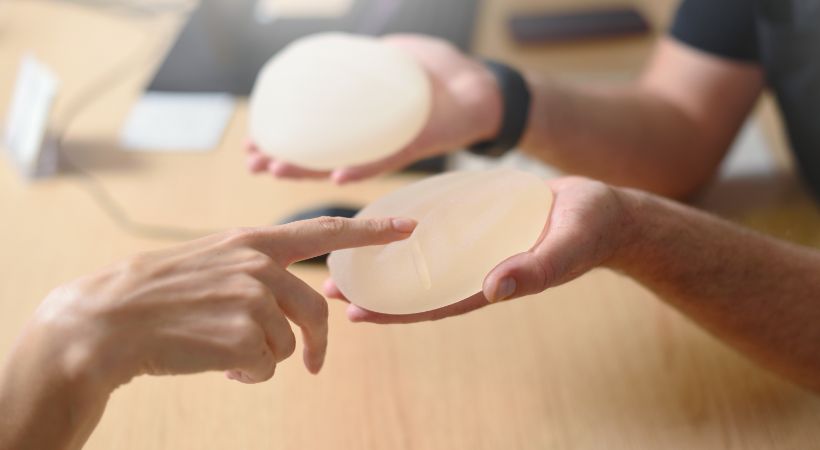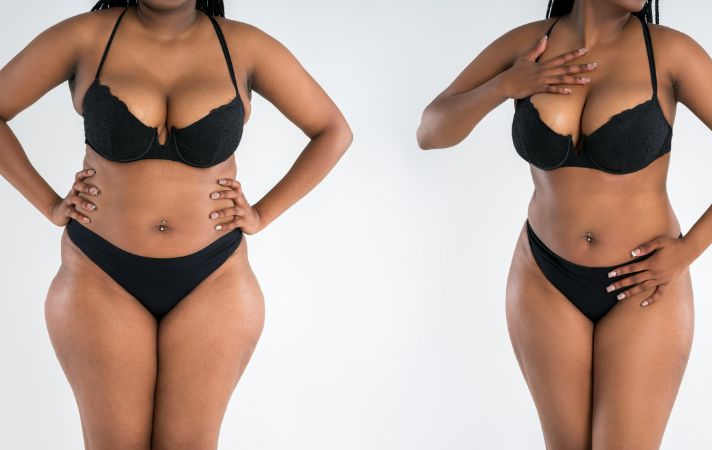As we age, our faces and bodies begin to change naturally. We lose collagen and elasticity, exposing us to more sagging and wrinkles. These changes are a natural part of ageing, but environmental impacts can catalyse ageing, like smoking and sun exposure.
One of the most common procedures for transforming the face and regaining a youthful look is a facelift, but you may be surprised to hear that more and more people are opting for non-surgical facelifts instead.
At The New Birkdale Clinic, we offer a range of non-surgical facelift procedures perfect for rejuvenating your look and creating a more youthful appearance.
Read on to learn more about non-surgical facelifts, including the types of procedures available and how they might benefit you.
What is a Non-Surgical Facelift?
A non-surgical facelift is a cosmetic procedure that improves the appearance of wrinkles, sagging, and general ageing without surgery. It tends to be minimally invasive and is intended to smooth and rejuvenate the face to create a younger appearance.
A non-surgical facelift is not a standalone procedure but rather a combination of different non-surgical procedures that aim for the same facial rejuvenation results. These practices create a more youthful, smoother appearance.
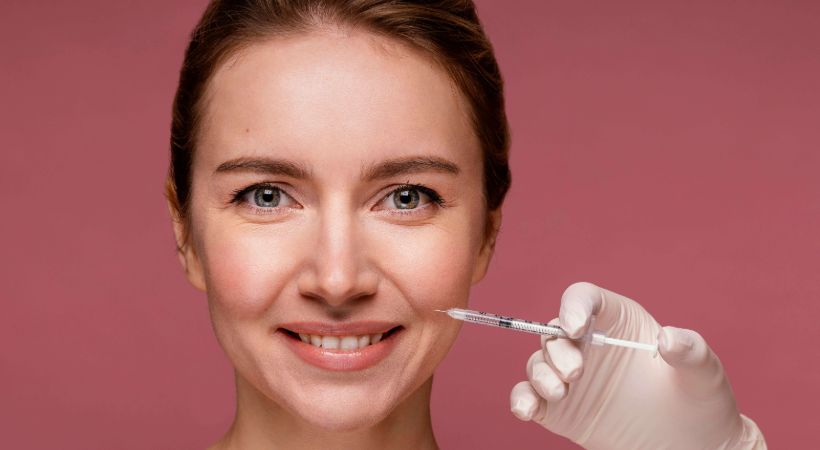
Why Are More People Choosing Non-Surgical Facelifts?
Unfortunately, in the age of social media, we are all too well aware of our insecurities. For those of you who commonly use social media platforms, you will know how difficult it can be to avoid constant reminders of our insecurities.
If you scroll on Instagram, it isn’t long before you encounter something that reminds you that you’re ageing and paints it as a problem. There is really no wonder why so many more people feel inclined to make changes to their appearance.
In the past, making these changes to your face was often much more complex, with limitations to surgical procedures or Botox. However, the plastic surgery and cosmetic industry has evolved, and there are now plenty of non-surgical options which allow you to feel confident without having to undergo surgery.
Thanks to these procedures, there are now more ways than ever to improve your confidence. Interested in a non-surgical facelift? Take a look at our complete guide to non-surgical facelifts and find out if you’re eligible.
The Benefits of Non-Surgical Facelifts
Now that you have a better understanding of what non-surgical facelifts are, let’s examine some of the benefits of undergoing non-surgical procedures in comparison to a standard facelift.
Less Recovery Time
One of the best aspects of undergoing a non-surgical facelift is that it requires little to no recovery time. If you were to undergo a standard facelift, you would expect to have several weeks of downtime, which can be incredibly inconvenient if you work full-time. Non-surgical procedures have minimal downtime.
Of course, recovery time really depends on the procedure that you are undergoing, but if you have a simple method such as microneedling, you’re free to go the same day with very simple aftercare.

Less Invasive
Another huge benefit of undergoing non-surgical procedures is that they are less invasive around the areas of the face. Most non-surgical procedures don’t require incisions or general anaesthesia, which comes with added benefits.
When compared with surgical face lift treatments, non-invasive procedures tend to come with fewer risks, leave little to no scars and have faster recovery times, making them convenient to undergo, even for the busiest person.
Reduced Risk of Complications
Something that tends to put people off surgery is the possible complications or side effects. If you were to undergo a full face lift, you are expected to go under anesthesia, which can be intimidating, especially if you are someone with an underlying health condition that may cause further complications.
Because non-surgical procedures are minimally invasive, you do not need to go under general anesthesia, so you are not exposed to the same risks.
Less Discomfort
It’s no secret that when you undergo an invasive procedure, you are bound to experience some discomfort after the fact, which may make it challenging to function comfortably.
Because non-surgical facelift treatment requires few or no incisions at all, there is often less tissue manipulation, and so there is also less pain or often no discomfort at all.
Fast Procedures
Because non-surgical treatment plans do not require large incisions, general anesthesia or time to recover, they are a lot faster than what you would expect from a standard facelift. Even if you were to undergo a simple mini facelift, you would still require days to recover post treatment, but thankfully, that is not the case when it comes to non-surgical procedures.
This means that you can go in for your procedure and be done with time to complete your errands for the day.

Lower Costs
As we have already established, non-surgical facelifts are much faster, non-invasive and are completed without anesthesia. With all this factored in, non-surgical facelifts are considerably cheaper than a standard facelift.
Another big reason why costs are so low is because an operating room is not required for the procedure, freeing up resources for the clinic that you go to.
Non-Surgical Facelift Procedures
Now that you know more about the benefits of undergoing a non-surgical facelift process, you may now have the confidence that you need to undergo the procedure yourself. However, as we touched on previously, a non-surgical facelift is not just one procedure.
A non-surgical facelift can consist of, but is not limited to, the following procedures:
Dermal Filler Treatments
Dermal fillers are gel-like injections that target and smooth fine lines and wrinkles, adding more volume to the face and creating plumper-looking skin.
Dermal fillers are injected under the skin and work great to fill in gaps and smooth uneven, textured skin. They are often made from hyaluronic acid, a natural component found in the skin. Your body can eventually break down and absorb it.
This is ideal for anyone who wants a non-permanent solution or wants to test the look before undergoing a more committed procedure to restore lost volume.
Anti-Wrinkle Injections (Botox)
Anti-wrinkle injections, also known as Botox, are fantastic for effortlessly reducing the look of fine lines and wrinkles.
These injections, made with purified proteins, are injected into the face and work by blocking nerve signals to the muscles. After the injection, the muscles freeze, inhibiting their movement and reducing the risk of forming wrinkles and fine lines.
This minimally invasive procedure, when done right, will have natural-looking results that create a youthful look.
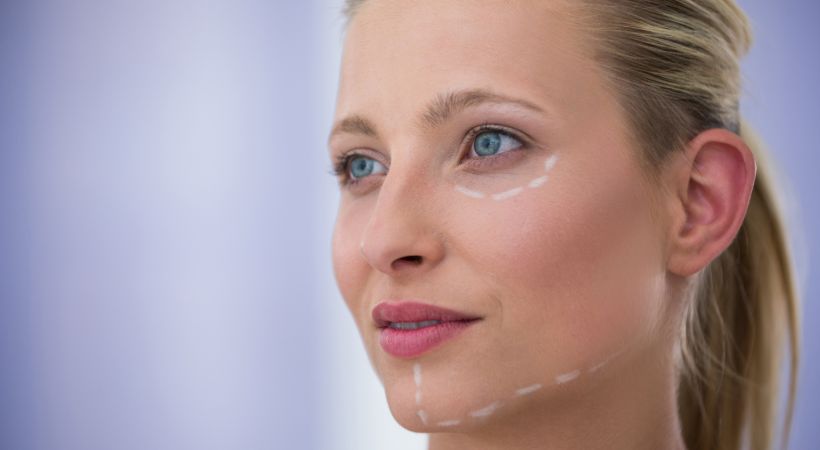
Microneedling
If you are unfamiliar with this procedure, microneedling involves using tiny needles to create micro-injuries in the skin. The goal is to trigger the body’s natural healing response and improve the skin’s overall appearance.
Microneedling stimulates collagen and elastin production, making the skin appear tighter and more youthful. Microneedling has additional uses, such as treating acne scarring and even enlarged pores, giving your skin a better texture.
Thread Lifts
A thread lift is a non-surgical procedure that uses threads to tighten and lift sagging skin. It is so simple that it is often referred to as the “lunch-time facelift.”
To perform this procedure, a doctor inserts medical-grade threads under the skin and pulls them back to create a taut appearance. Much like micro needling, this procedure triggers the body’s natural healing response, stimulating collagen and elastin production.
Microdermabrasion
Microdermabrasion is a procedure that is rapidly growing in popularity. It is a minimally invasive skin procedure that removes the top layer of the skin. This procedure is perfect for improving skin texture and reducing the appearance of fine lines and wrinkles.
Microdermabrasion thickens the collagen in your skin, creating a more youthful appearance while treating issues such as sun damage and hyperpigmentation.

How Long Do The Results Last?
Depending on the procedures you decide to undergo, the results can last anywhere from 6 months to a year. If you follow the recommended aftercare instructions provided by your aesthetician or surgeon, your results will last longer.
If you want to maintain your results, you need to stay hydrated, follow a strict moisturising schedule, and visit your doctor regularly.
Revive Your Confidence With The New Birkdale Clinic
Through this blog, we hope to have given you the necessary information concerning non-surgical facelifts. If you would like more information on non-surgical facelift cost, or you would like to book a consultation, do not hesitate to contact The New Birkdale Clinic today.

